Deep Valley, Dark Days, a new self-published book by Brooklyn-based commercial and editorial photographer Danny Ghitis, emerged from a time of uncertainty for the photographer. Unmoored after the end of a long relationship, and with a chance to make personal work thanks to landing an artist’s residency in upstate New York, Ghitis photographed people, animals and odd details he was drawn to in communities in New York’s Harlem Valley. The resulting work is uneasy, melancholy, at times charming, and full of dark humor. PDN recently corresponded with Ghitis to learn more about the “therapeutic and torturous” process of making the book.
PDN: What’s the significance of the book’s title?
Danny Ghitis: The title came up through conversations with Mike Davis, who is a brilliant editor that helped bring this project to life. The book is about purgatory, echoing a rocky period in my life when the photographs were made. There’s a dance between physical geography and personal challenges in the photographs, so the title is meant to mimic that rhythm. Mike tapped into my sense of humor when editing and found a way to wink at the reader with both the title and the picture flow. Invoking the images of a “deep valley” and “dark days” is meant to be a bit silly and self-aware. Elana Schlenker, the book’s designer, chose a red, blocky title floating above the dark blue, wallpaper-like cover to foreshadow themes like familiarity versus disquietude.
PDN: Where were the photographs in the book made?
DG: In three separate stints from 2012 to 2013 I was an artist-in-residence at The Wassaic Project. The hamlet of Wassaic is the last train stop on the Metro-North Harlem line [in New York], so it’s easily accessible from the city, yet in the middle of nowhere. The stretch of land on the east side of Dutchess County is called the Harlem Valley, which has a history of abandonment. The area once thrived from iron mines and dairy farms, and more recently a large psychiatric facility. These days the towns dotted across the valley have somewhat of an identity crisis in my view. Some cater to the wealthy New Yorkers with country retreats hidden from sight, others look like suburbs, and many are skeletons with only a memorial plaque indicating that life once existed there. In some ways this region is much like others across America, so my intention was to keep the geographic context obscure.
PDN: What interested you in the area and the people there?
DG: My artist residencies coincided with the end of a seven-year relationship. I was lost. The towns are spread out so I drove many miles searching for answers without really knowing the questions. The external—the landscape, people, experiences—helped me process the internal. The lines between conscious and unconscious blurred, and I began to sense that the area I was photographing was experiencing a similar struggle to my own.
PDN: How did people react to your interest? Was it difficult to create a situation in which you could photograph them?
DG: People I met were generally open to being photographed. It helped to mention the artist residency and pretend I belonged, like a local. My interest came from a genuine curiosity and I think the subjects felt that. It’s one thing to show up and say “Hey, I’m from X publication doing a story about regional poverty,” which could scare people off, as opposed to telling my personal story while carrying a medium-format camera. I used my training as a photojournalist to investigate and read the environment, but it was my personal incentive [to do the project] that helped me connect with people.
PDN: How did you approach sequencing the book? What were you looking to convey to the reader, and how did your edit and sequencing achieve this?
DG: I didn’t consider the goal of making a book, or even how an audience would receive the work, until the project was far along. I had a solo exhibition in 2013 called “Harlem Valley,” before my third residency, which helped me realize that the project was far from complete. That show was too literal, more about the location and the residency rather than about my experience. I realized to be effective for an audience I had to go back upstate. The first photography class I ever took was in college with a visiting professor and great photographer named Aphrodite Desiree Navab. During a critique of some cliché country photos I had made, she suggested not superimposing a theme but instead to “be the poet” of my own experience.
It took about six months after shooting before I was able to reflect on the work objectively. The experience was so in my head that, at first, trying to communicate to an audience felt impossible. It helped listening to a lot of Tom Waits’s music; noticing how he tells his dark, circus-like stories. The lyrics are twisted and poetic but also accessible. He develops characters and addresses universal themes. With distance, I started recognizing patterns in the photographs that underscored how I felt at the time they were made. I spilled my guts to Mike about the themes and underlying motivations, and he in turn used his editing superpowers to lay out a sequence. I was struck by how insightful he was in phrasing an ebb and flow that spoke to my experience. He set aside images I was attached to that would have spoken redundantly, and found an appropriate place for only those that added something new.
PDN: There’s a tension in a lot of the images. For example, the photograph of the woman and fox [slide 2]: The interaction seems like it could go either way (positive or negative). It appears that a lot of these subjects are on the edge. What, for you, is the tone of the work?
DG: There’s a Joseph Campbell line: The cave you fear to enter holds the treasure you seek.
The months I spent upstate making this work were both therapeutic and torturous because I was taking a hard look at my life after years in a comfort zone. That sense of tension, of the unknown, of trying to hold conflicting truths in your head at once is typically human. Everyone at some point has felt anxious about things they aren’t yet conscious of. I felt that precarious edge without being aware of it for a long time before the breakup.
Just before the third residency I retreated to a monastery where I learned to meditate. I then set out to shoot and had an easier time letting all my conflicting feelings wash over me. The mix of loneliness and uncertainty with liberation and hope confused me, but it would be pointless to resist. Part of me couldn’t help but laugh at the absurdity of my unconscious mind that fought for ways to manifest itself, like in the photograph of a woman named Robin and a mother fox in a stand-off, trying to decide whether the other is trustworthy and weighing the risk factors of opening to vulnerability. The irony is that in the photograph they are stuck in that trance forever. Neither will make a move; it could go either way.
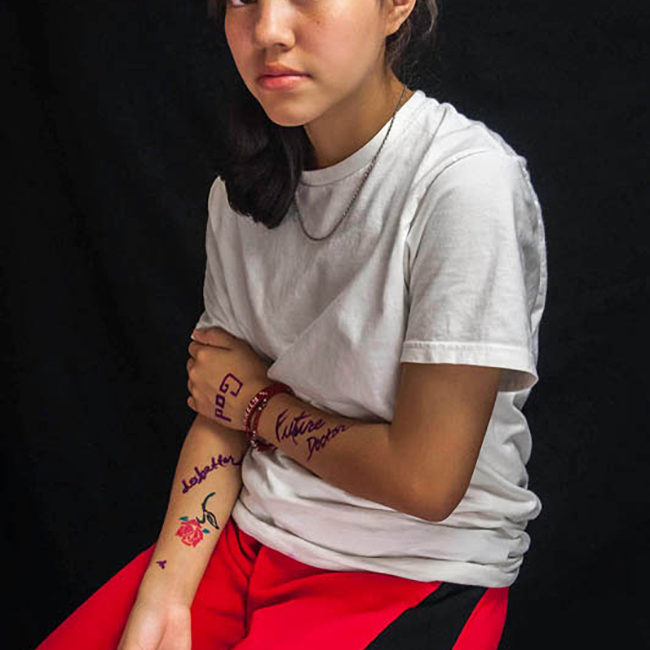
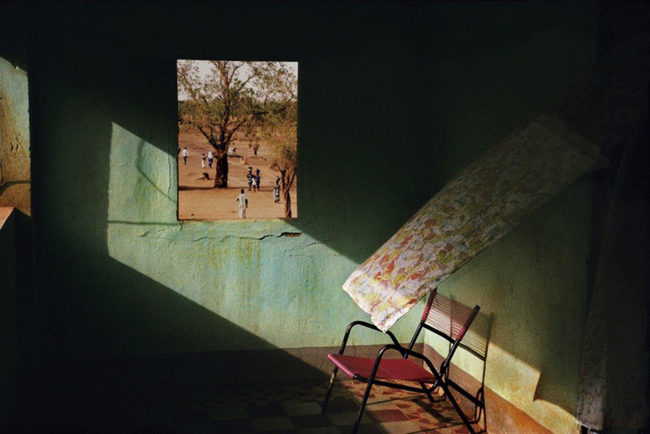



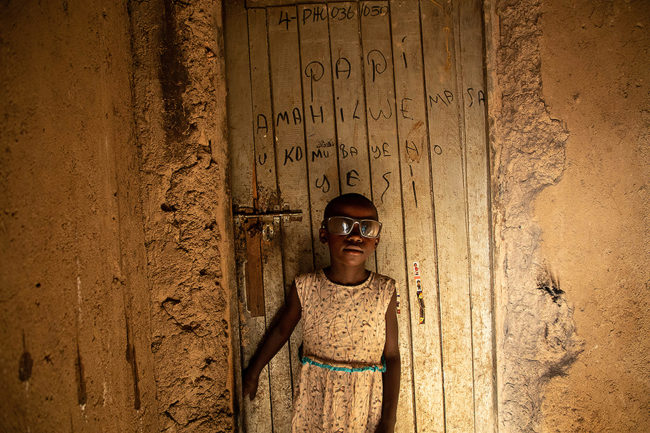


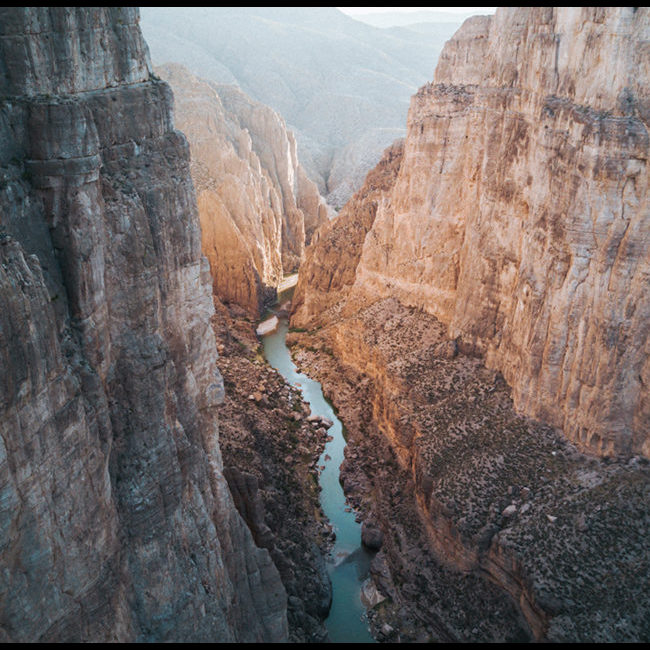
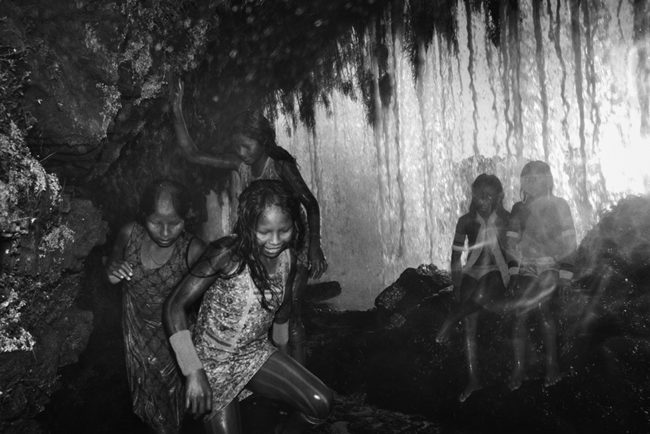
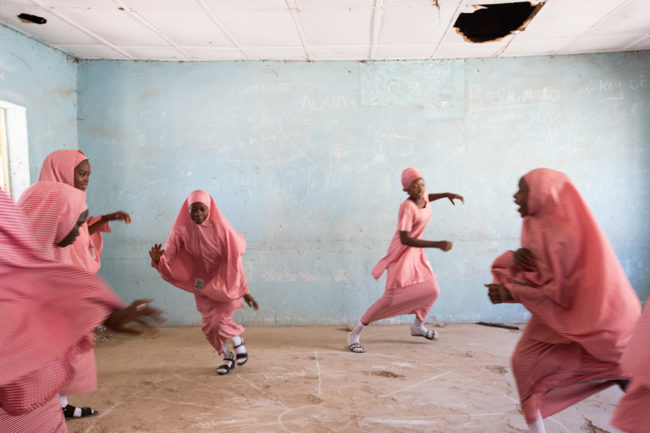
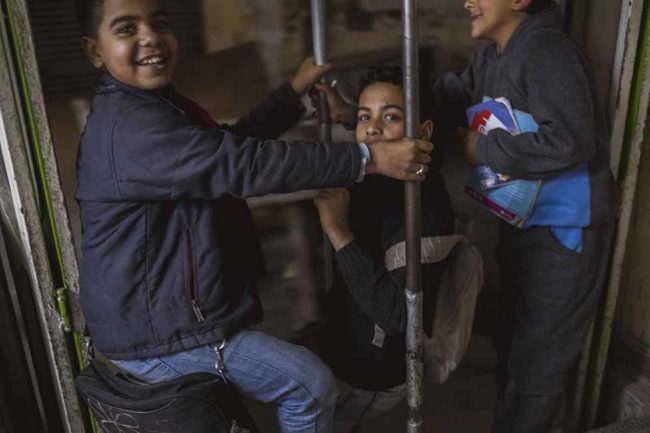
Danny,
Kudos to you.
It takes time, dedication and courage to write about your inner feelings and struggles, communicating through photographs of your experiences.
Wishing you continued success in your personal and professional life.
Bravo,
Anabel